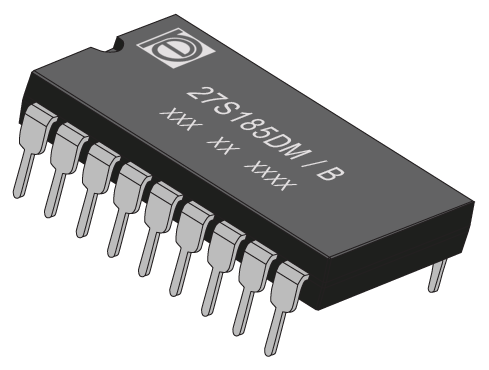

This reduces how hard the memory controller has to work and also makes it possible to use more RAM modules than there would have been otherwise. Many free stock images added daily Download and use 290+ ram memory free images from StockFreeImages Many free stock images added daily Page: 2. Registered memory uses a ‘register,’ which is located between the system’s RAM and memory controller. Download 290+ ram memory free images from StockFreeImages. If you tend to run multiple apps at the same time or edit. A mainstream desktop computer will usually come with more than 4GB PC RAM. For basic computing, you will need a minimum of 2GB. It stores temporary data on the fly while your computer is performing tasks. However, all registered memory is ECC memory.ĮCC RAM often uses registered, aka buffered, memory. Random-access memory, or RAM, helps your processor tackle multiple tasks at once. Registered / buffered memoryĮCC memory is not always registered / buffered. In the event of a single bit being incorrect (a single-bit error), the ECC algorithm can reconstitute the data, but it can only notify the system of larger errors (two or more bits).
RAM MEMORY PICTURES 64 BITS
The system performs a complex mathematical algorithm on the extra seven bits of data to ensure the other 64 bits are correct. Instead of generating one extra parity bit for every eight bits of data, ECC generates seven extra bits per 64 bits of data. Most computing systems move data in larger chunks of 64 bits (referred to as a "word").

Unfortunately, while a parity bit allows the system to detect an error, it doesn't provide enough information to correct the data error.

In the case of an error, ECC also allows the system to recreate the correct data in real time.ĮCC uses a more advanced form of parity, which is a method of using a single bit of data (a parity bit) to detect errors in larger groups of data, such as the typical eight bits of data used to represent values in a computer memory system.
RAM MEMORY PICTURES CODE
In that same 2014 study cited above, Puget found that ECC RAM was 0.25 percent slower than non-ECC RAM, with Registered ECC RAM being 0.44 percent slower (however, they determined the performance difference in non-ECC’s favor is “tiny.”) How does ECC memory work?Įrror correction code is a mathematical process that ensures the data stored in memory is correct. Perhaps surprisingly, ECC RAM is a touch slower than non-ECC RAM, since it takes extra time to check for errors.


 0 kommentar(er)
0 kommentar(er)
